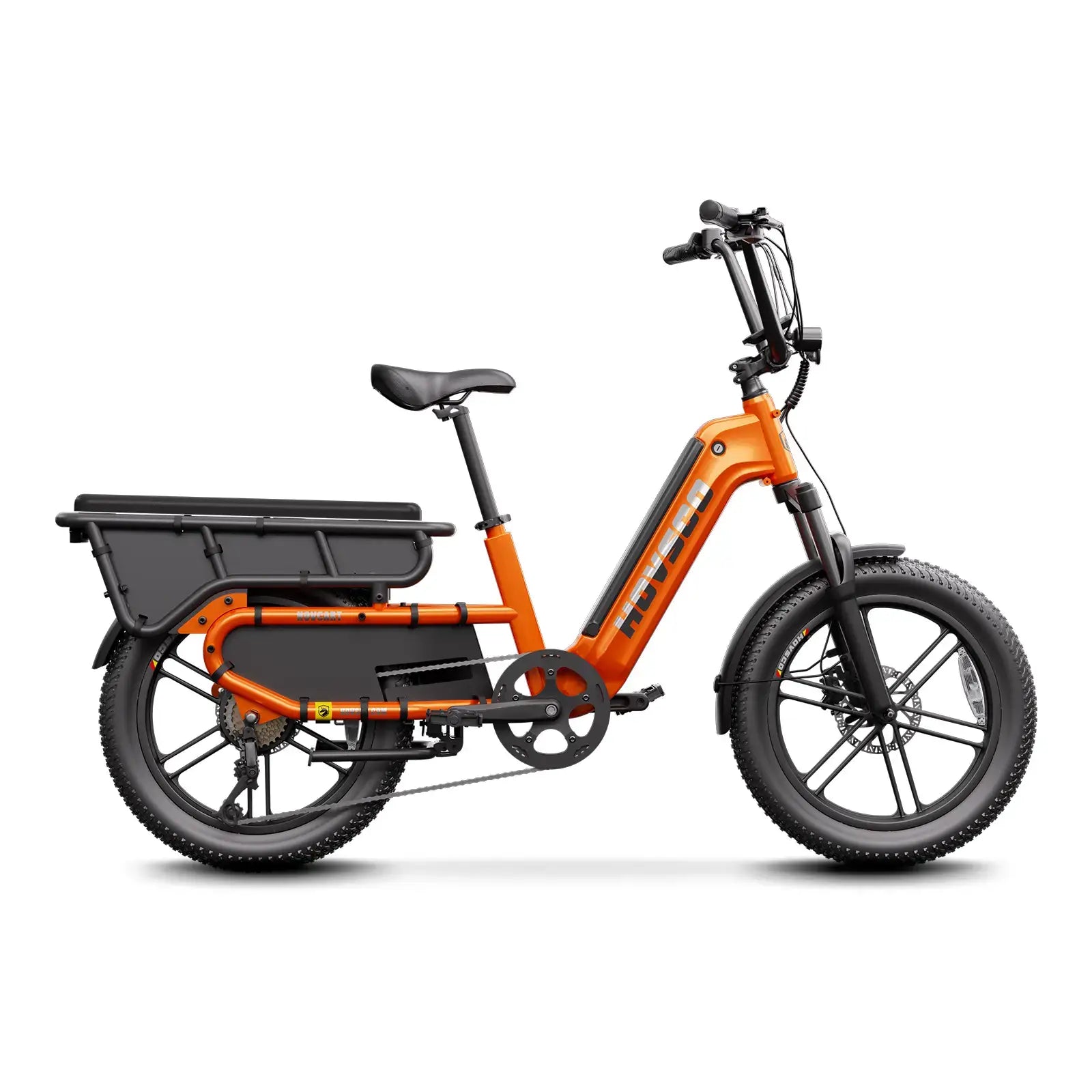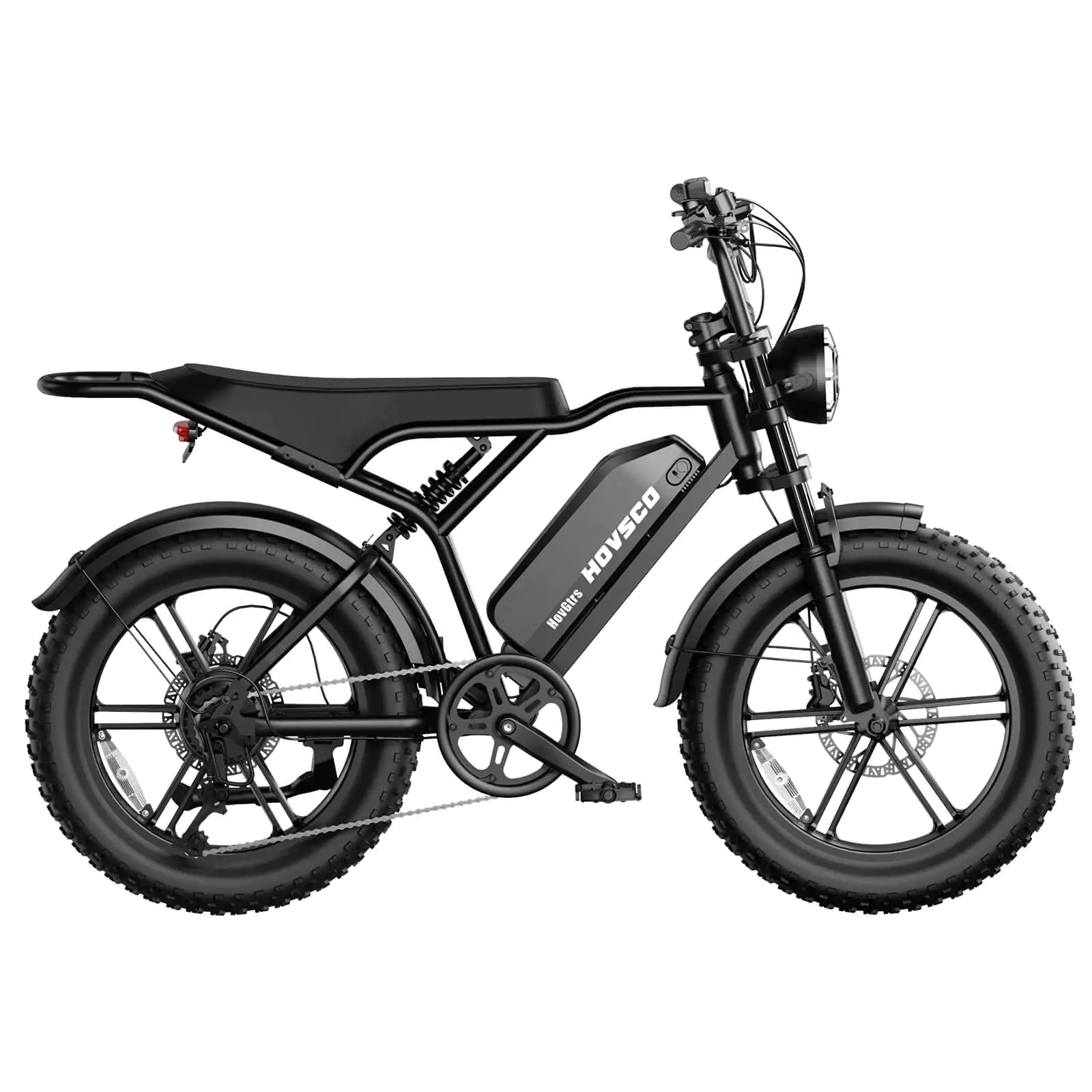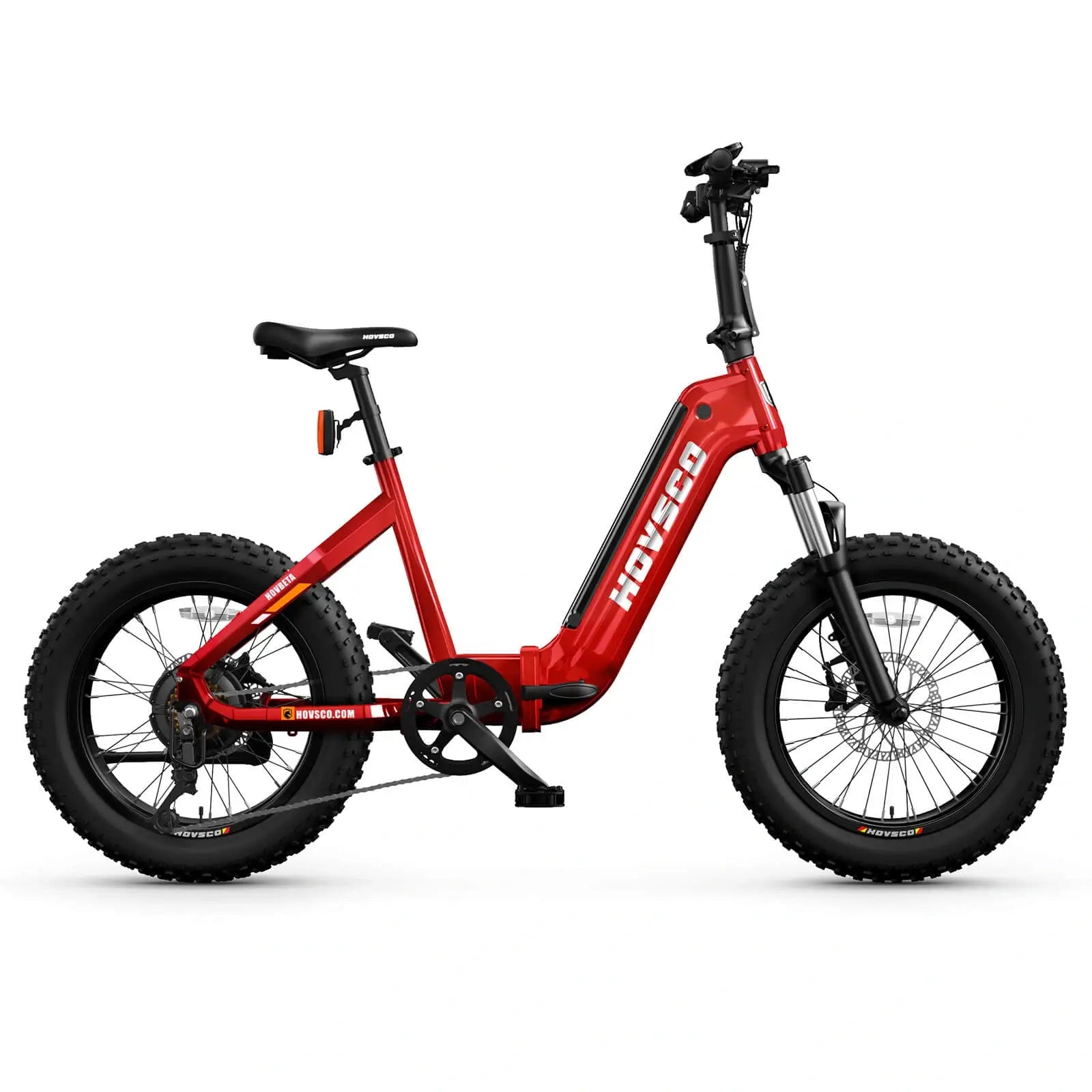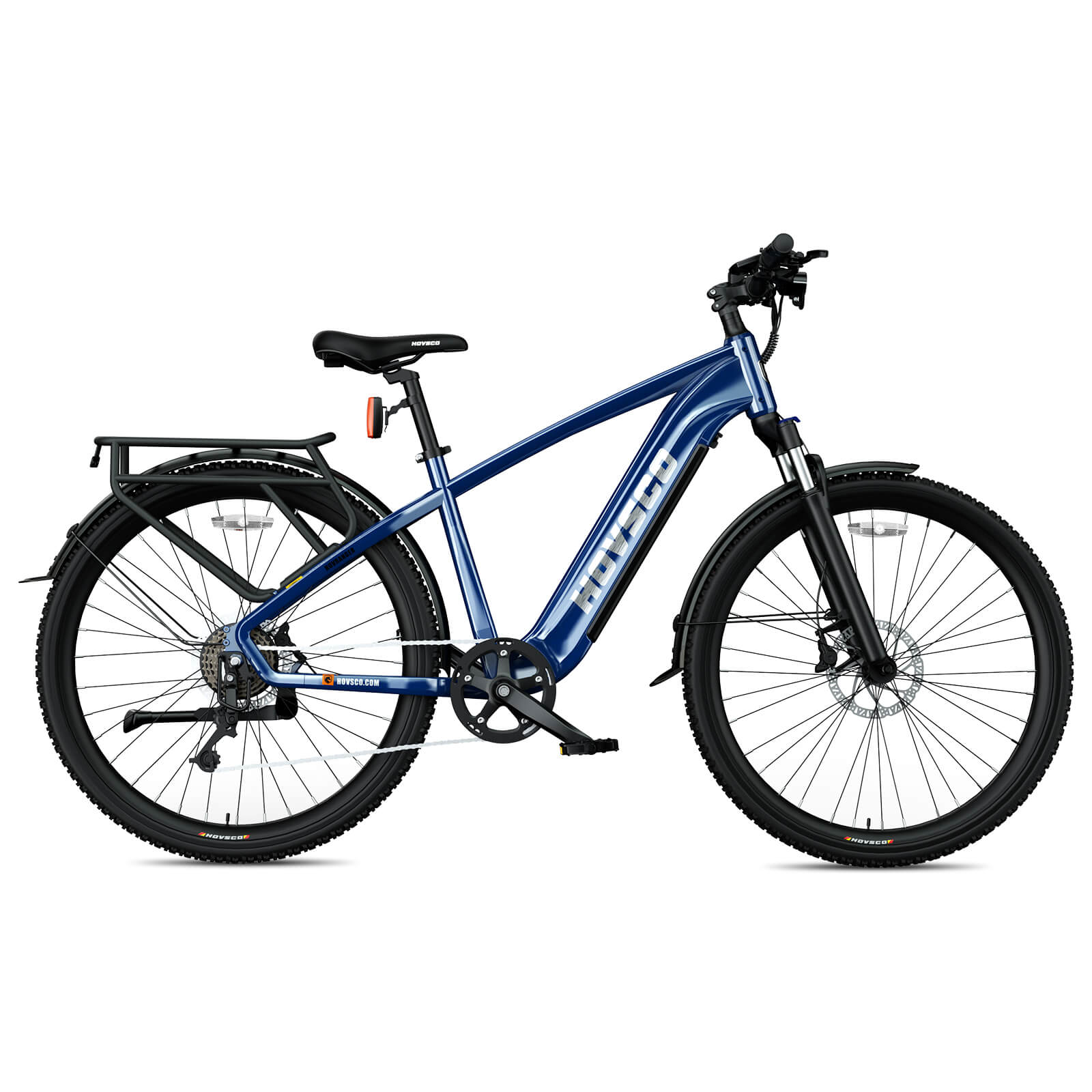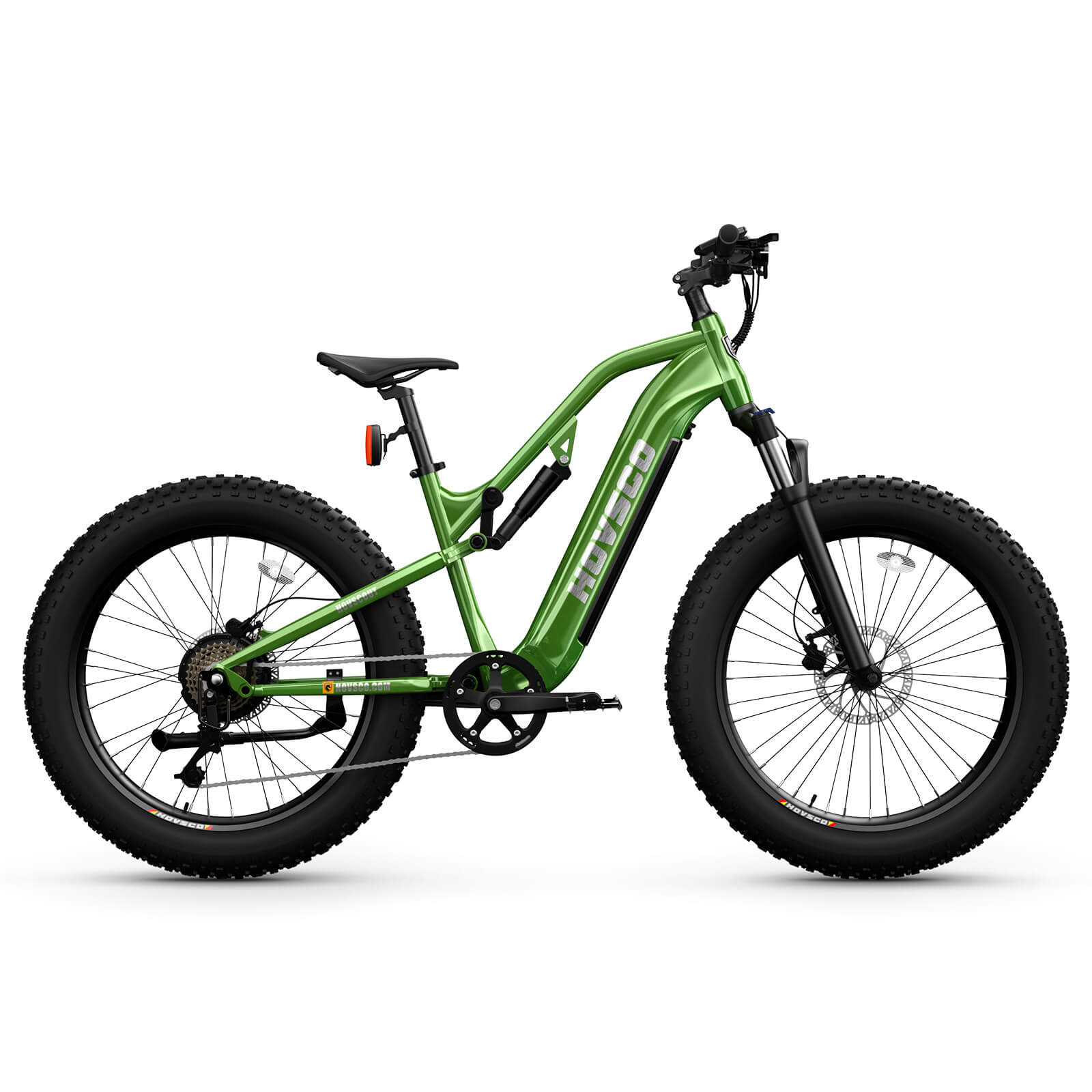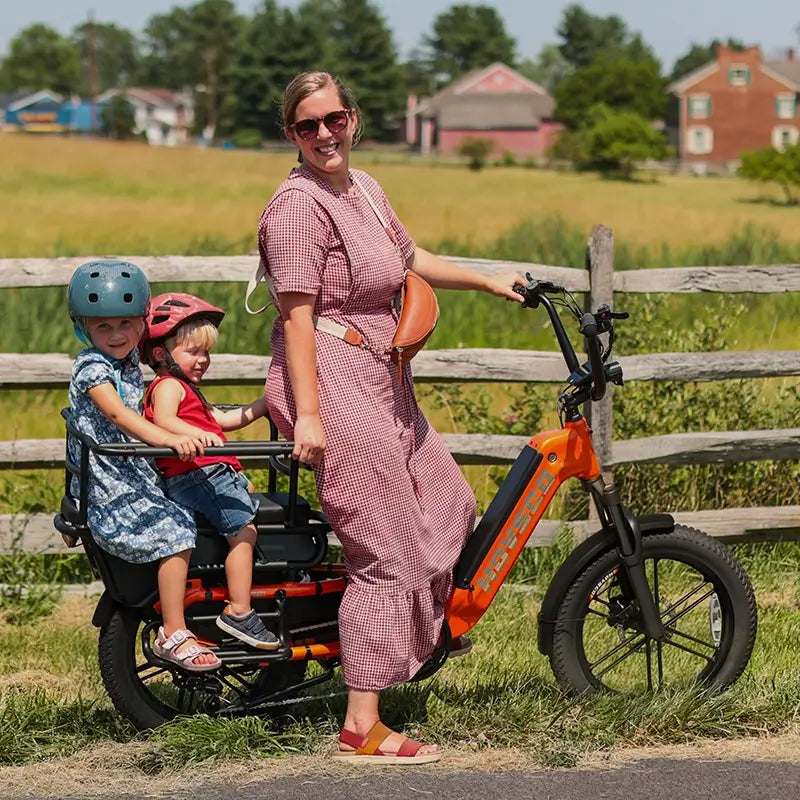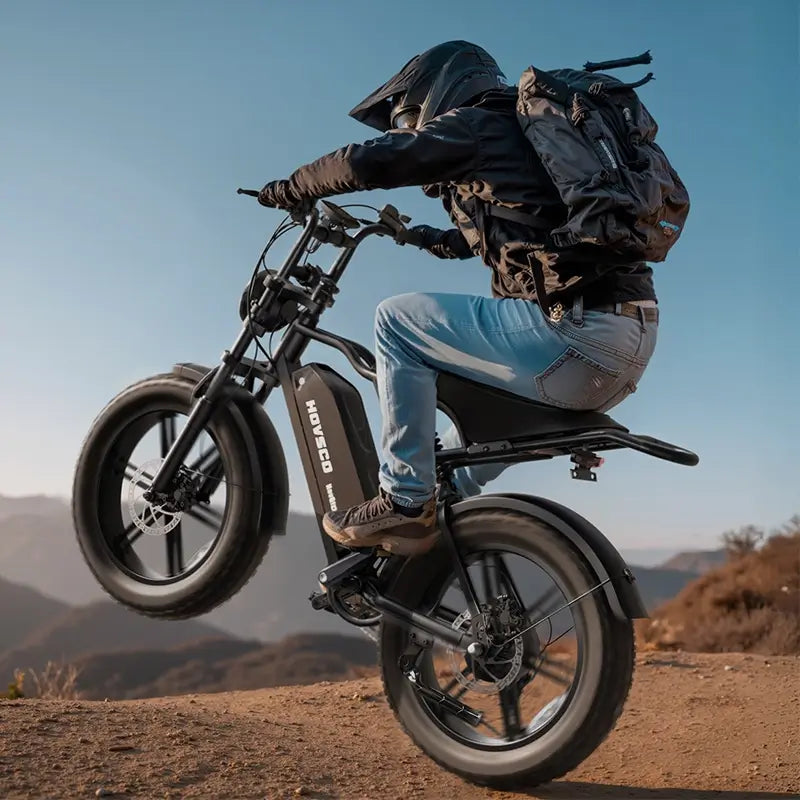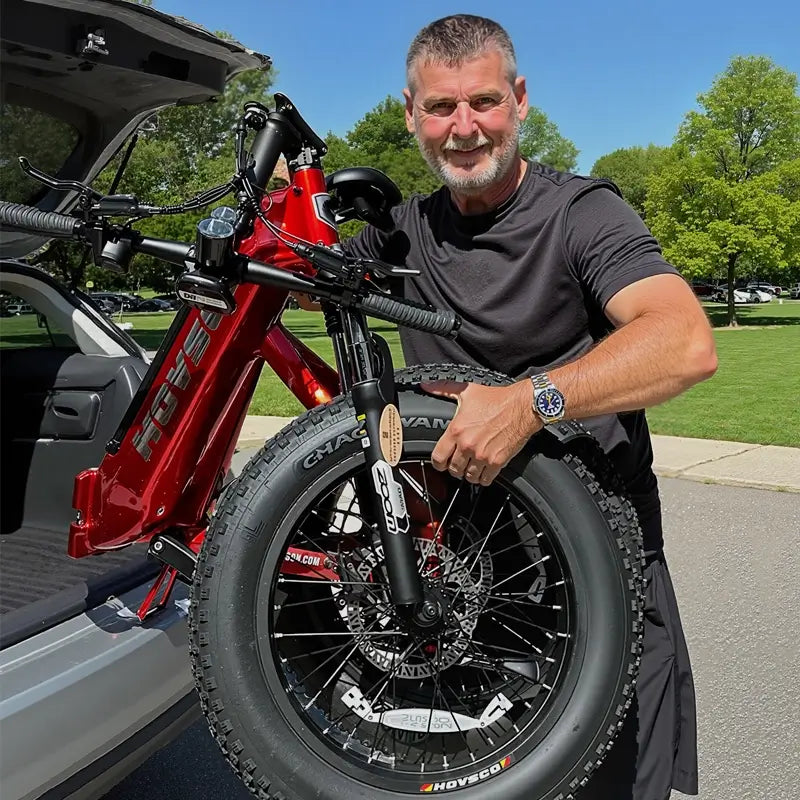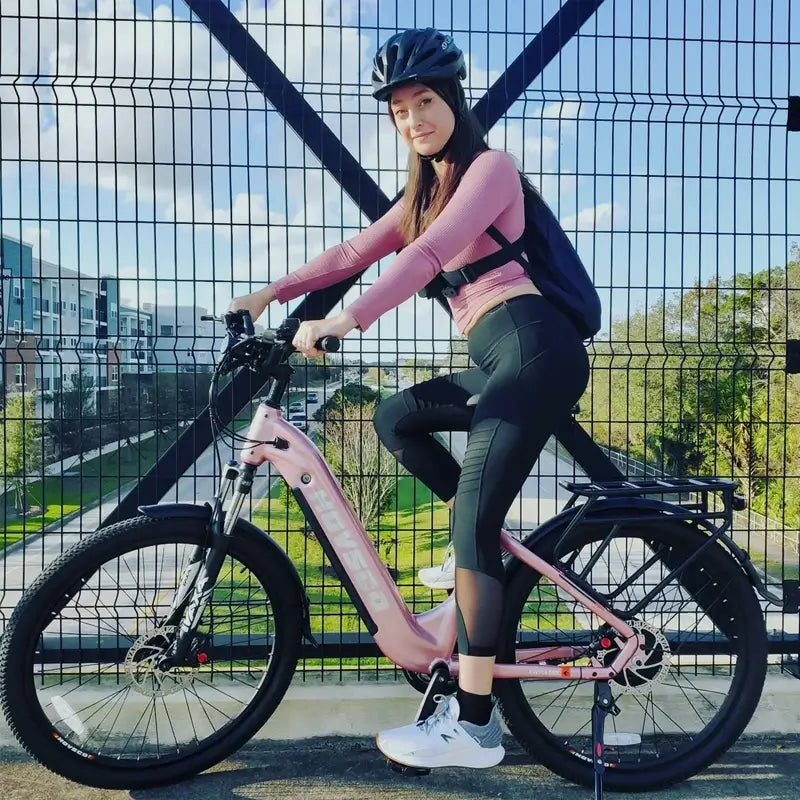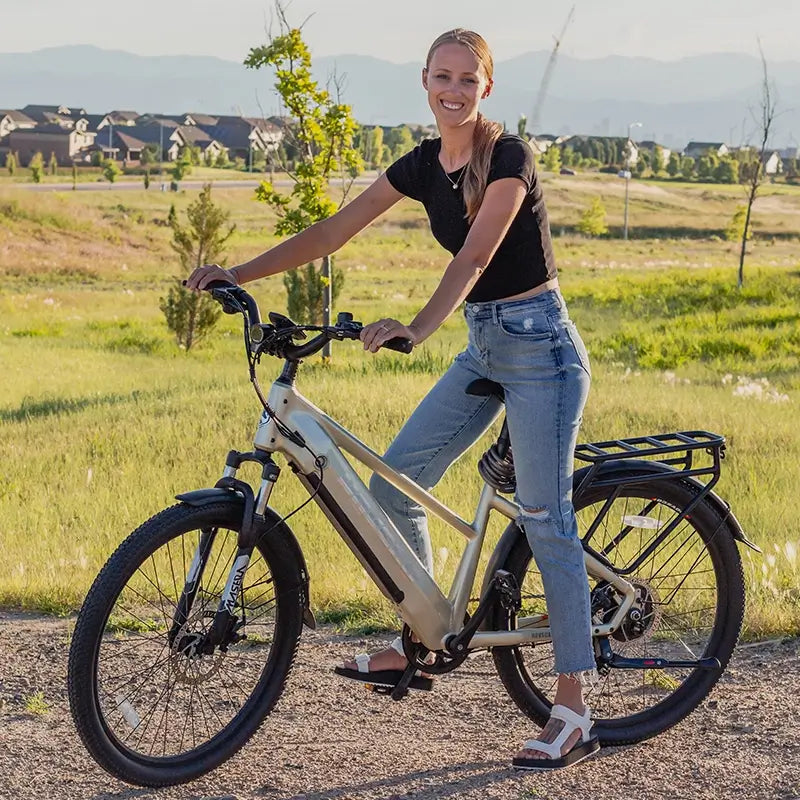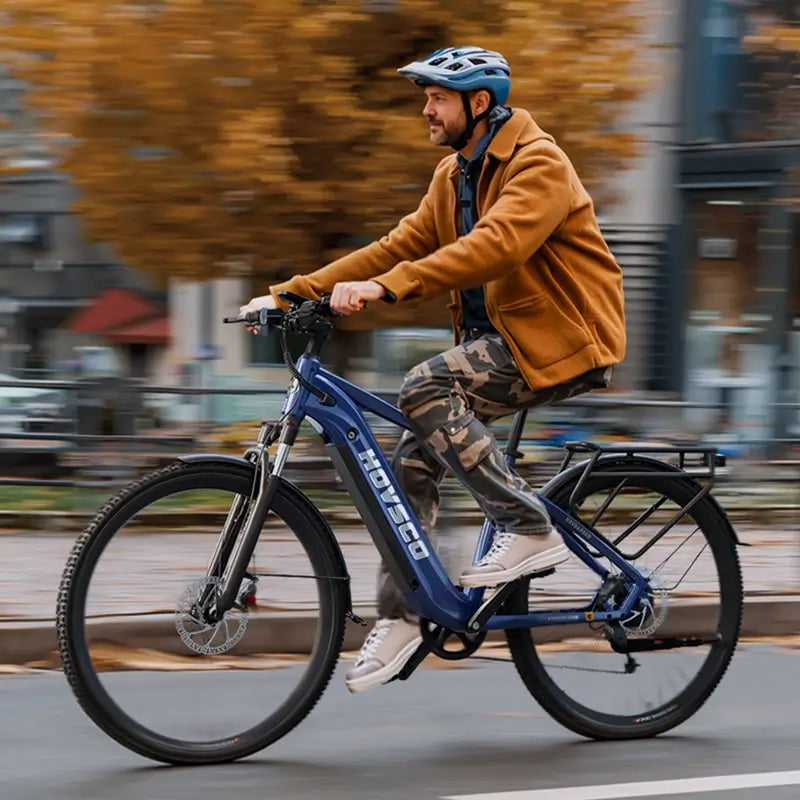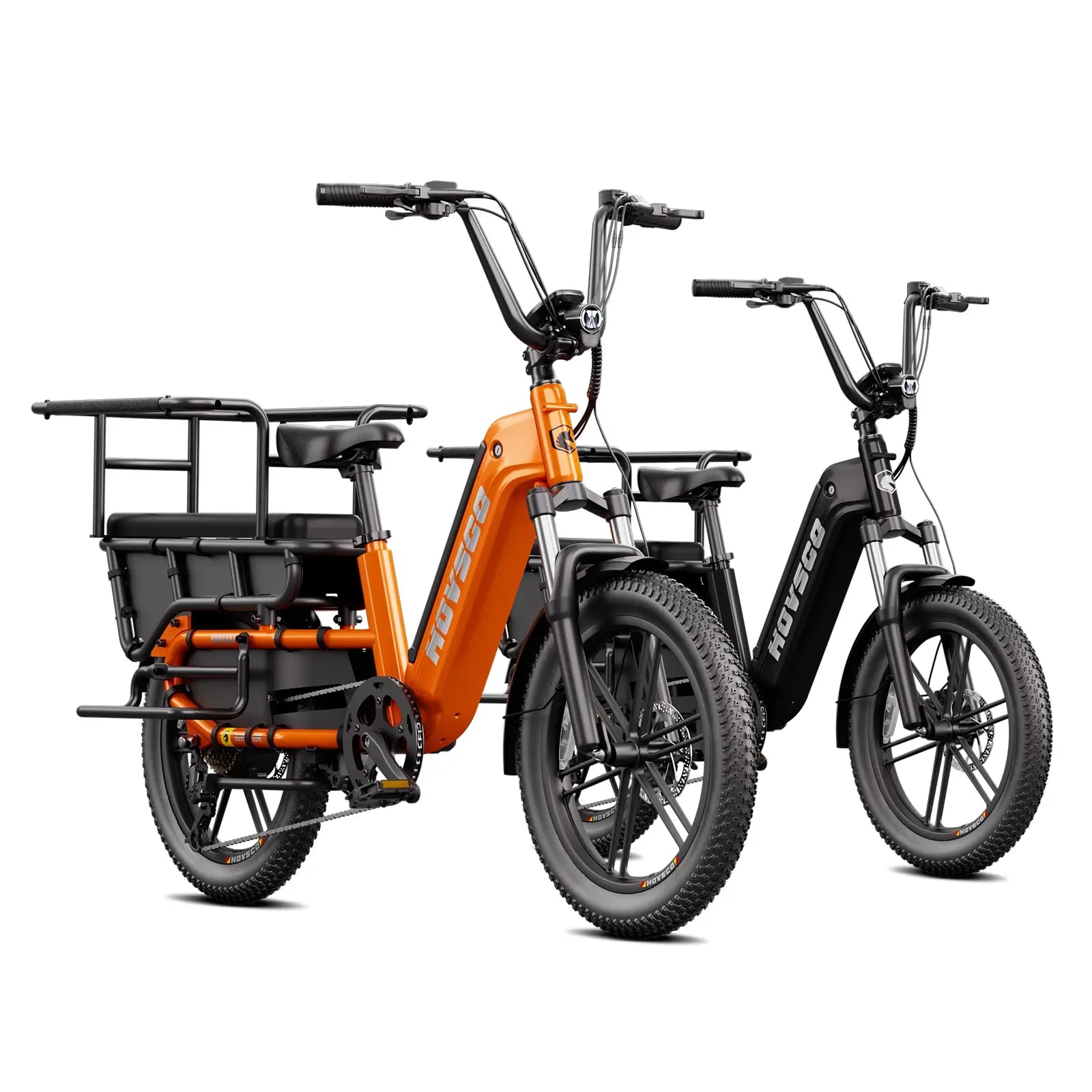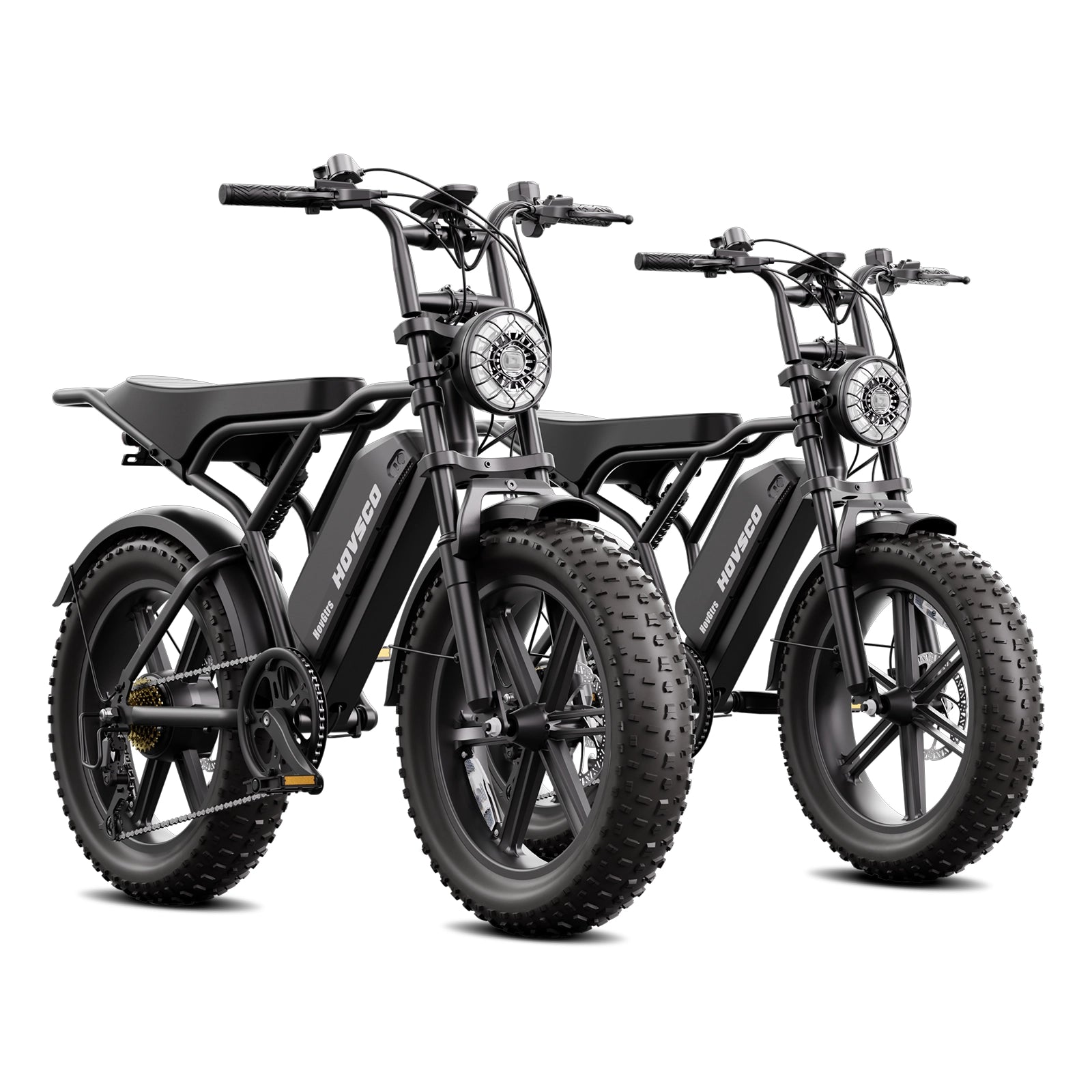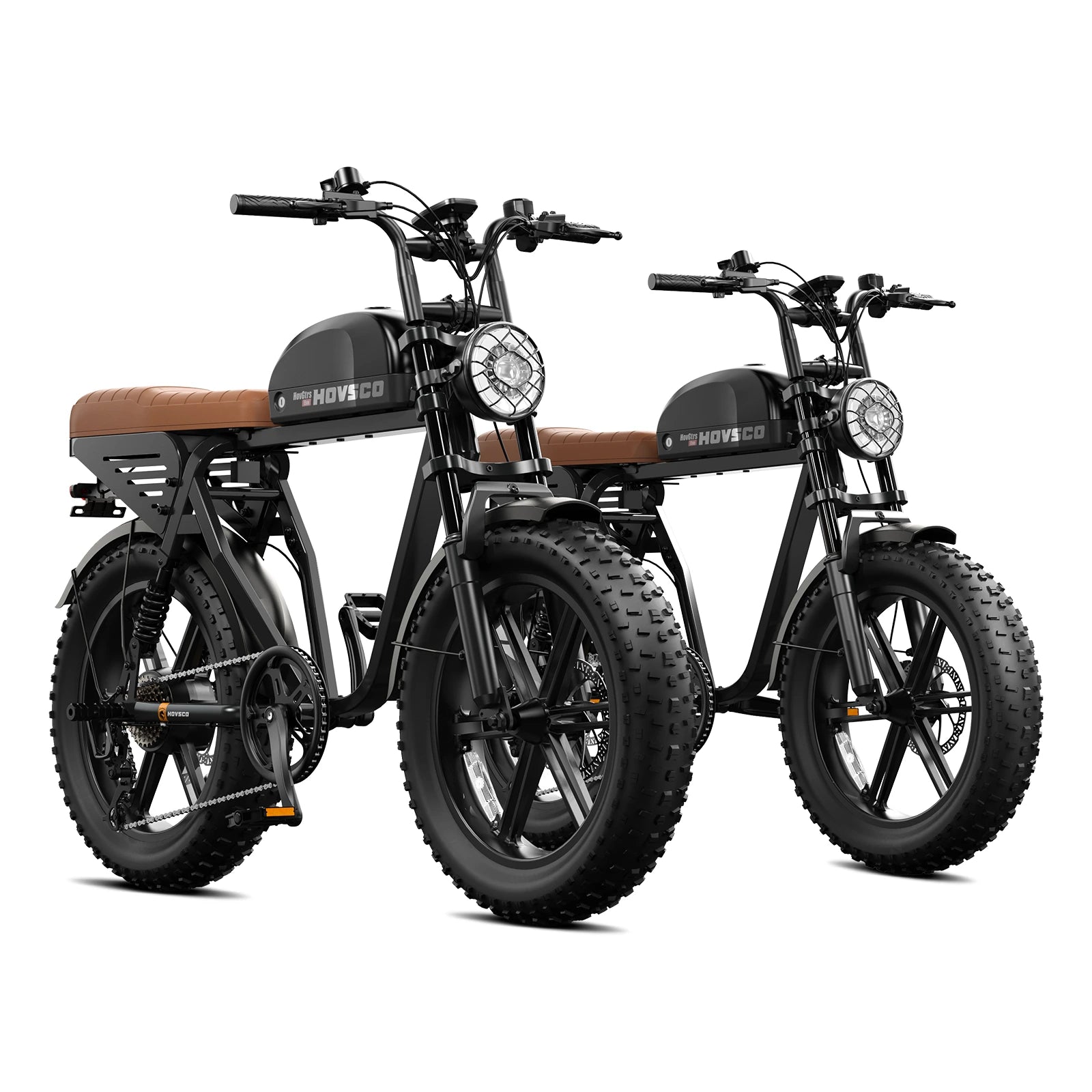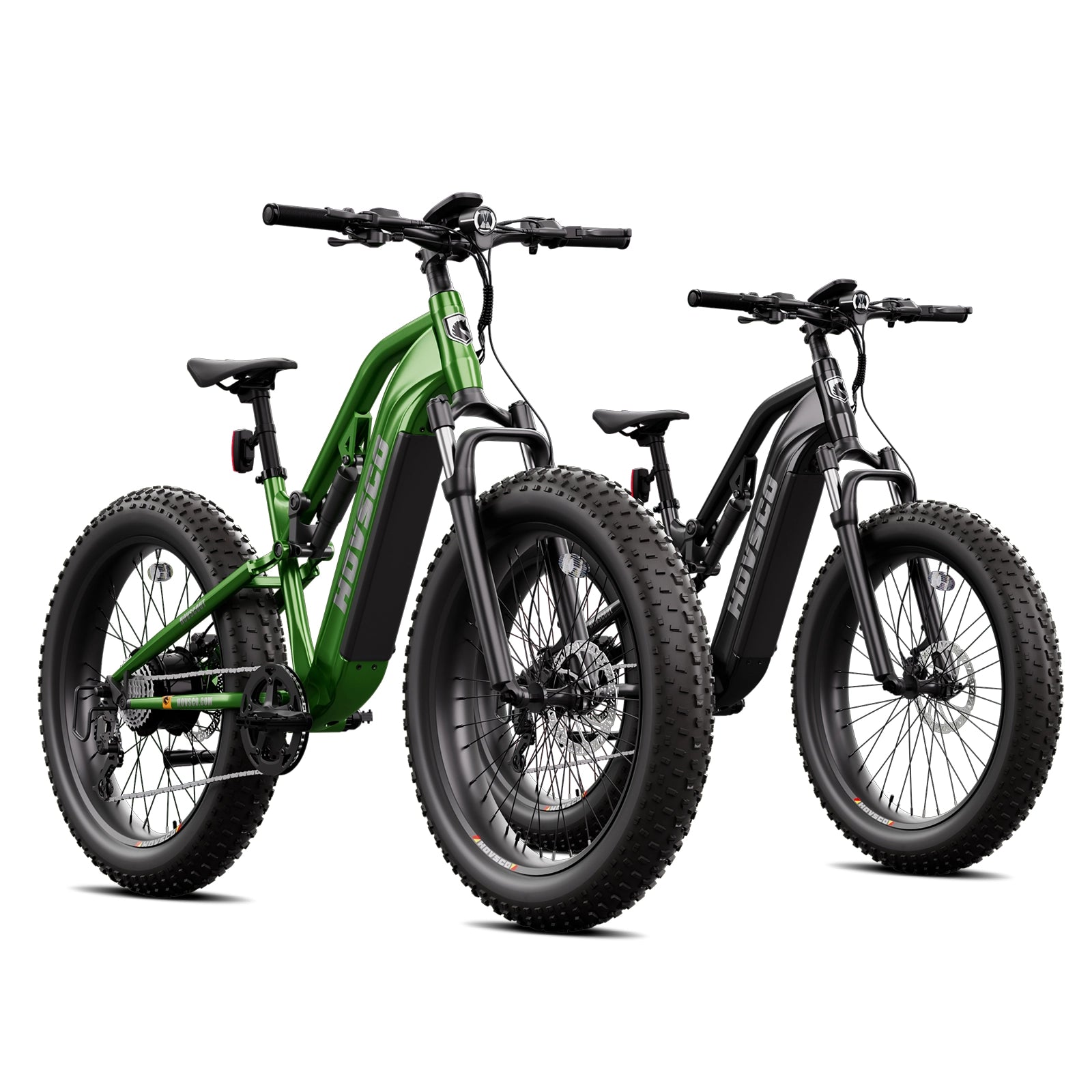News
How Does Battery Capacity Affect E-Bike Weight and Performance in 2025?
What Are the Best E-Bike Value Picks Under $1,500 in 2025?
How Accurate Is the Real-World Range of Folding eBikes Compared to Advertised?
How Do You Calculate Your E-Bike Charging Cost from Battery Wh and kWh Rate?
What Are the Key Legal Differences Between Class 3 vs Class 1 and 2 E-Bikes by State?
Which Are the Best Class 3 E-Bikes for Commuting in 2025?
How Do 50 mph E-Bikes Compare to Mopeds and Motorcycles?
What Are the Best Tubeless vs Inner Tube Repair Options for E-Bikes?
How Does Weight and Gearing Affect Moped E-Bike Acceleration?
